Journalist Daphne Caruana Galizia was brutally assassinated by a car bomb on 16 October shortly after leaving her home in a rental car. When considering the numerous car bombs and murders which have gone unsolved, many questioned whether the perpetrators would ever be brought to justice.
The police surprised everybody on Monday, 4 December, when Prime Minister Joseph Muscat announced that 10 men had been arrested at a warehouse in Marsa in connection with the murder.
The public was even more surprised to learn that three habitual offenders were found to be the main suspects and that they were to be charged and arraigned in court accused of carrying out the abhorrent act.
While the public continues to question the motive behind the murder and discuss who could have commissioned it, court proceedings have shed light on what led the police to conclude that George Degiorgio, his brother Alfred Degiorgio and Vince Muscat had carried out the act.
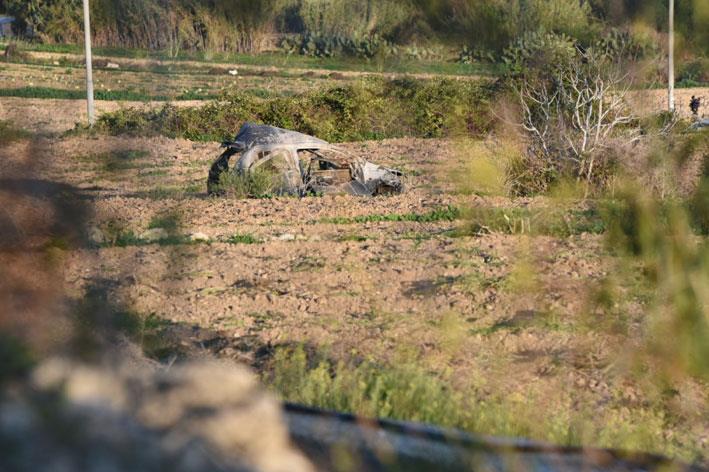
Timeline of events:
16 October, 3pm: Just metres away from the home of Caruana Galizia a car bomb is detonated with the journalist inside the vehicle. The car is sent flying into an adjacent field before it bursts into flames.
Malta and the international community are stunned to learn that Daphne Caruana Galizia has been brutally murdered. Because of her work uncovering corruption and stories of interest against the Labour Party, and more recently against the Nationalist Party, people immediately begin to question the role of politics in the murder.
A magisterial inquiry is launched, while duty magistrate Consuelo Scerri Herrera visits the scene of the crime to begin directing investigators.
Because of the very public criticism levelled against Scerri Herrera by the slain journalist and a lawsuit brought against Caruana Galizia by the magistrate, the Caruana Galizia family files a request for the inquiry to be led by another magistrate.
This situation truly underscored how painful and difficult the investigation was going to be when considering the harsh criticism levelled by Daphne Caruana Galizia against the judiciary, the police, politicians and members of the press.
The slain journalist had commented on and criticised extensively every pillar of Malta’s democracy: the judiciary, the executive, the legislative and lastly, the press.
Having so many enemies, and being such a controversial and divisive figure in Maltese society, the situation with Magistrate Consuelo Scerri Herrera was a stark reminder that nothing about the investigation would be straightforward, and that everything would be called into question.
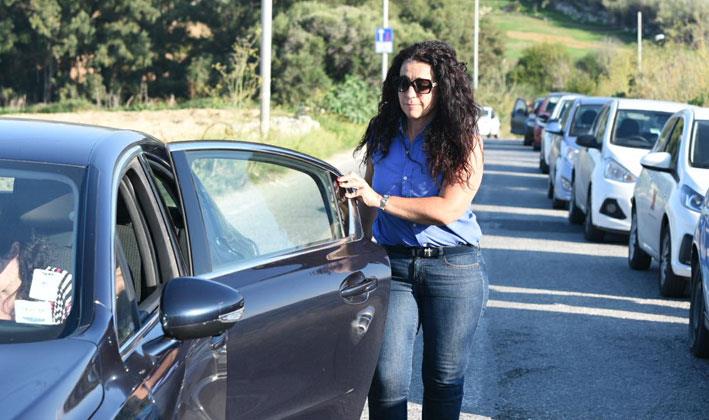
17 October: Magistrate Consuelo Scerri Herrera abstains from the magisterial inquiry and Magistrate Anthony Vella is appointed to lead the inquiry instead. Government officials say that the FBI and Dutch technical and forensic experts will be assisting police investigations.

19 October: After mounting pressure from the public to be updated on investigations by the police, as what happens in most high-profile crimes in Western democracies, the police finally announce that a press conference was to take place that evening.
Every member of the local press, together with members of the Italian and British press attend. Police do not give any useful details for two main reasons: laws surrounding magisterial inquiries preclude the authorities from doing so and there was a fear that releasing any sort of information might hamper investigations.
20 October-21 November: No new information is given about the murder through official channels. Multiple stories emerge through police sources divulging information — the only way to know how investigations are progressing.
Towards the end of October, many media stories surface linking a Maltese man arrested by Italian anti-mafia authorities days after the murder, an oil-smuggling investigation dubbed Dirty Oil by the Italian authorities and multiple car bombs around the island over the past few years.
As time goes by, this connection is spoken of less and less, while police sources continue to leak information such as the laptop not being with Caruana Galizia at the time of the murder, that police were investigating an unknown car spotted in Bidnija in the days preceding the murder, and that police believe that Semtex was used in the car bomb.
The victim’s family are incensed about being updated on progress in the investigation through media stories rather than from the police themselves.
The European Parliament during this timeframe hosts a debate on the rule of law in Malta, demands justice for Daphne Caruana Galizia and renames a pressroom at the EP in Strasbourg in her honour.
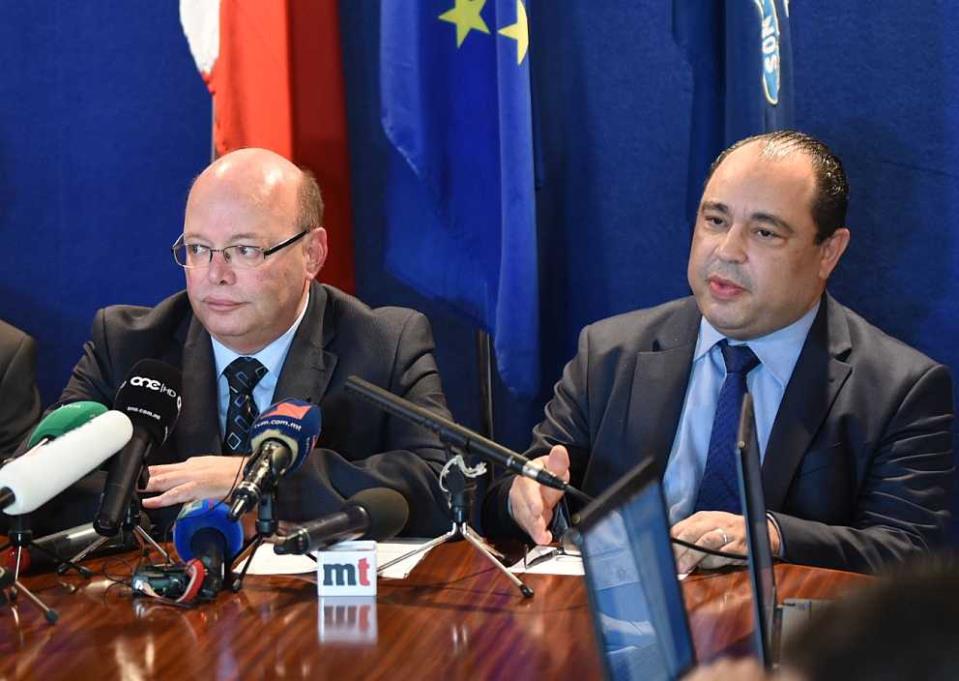
22 November: The victim’s family file a court application to have Deputy Police Commissioner Silvio Valletta removed from the investigations.
Valletta, who was active in the police press conference following the murder and has reportedly taken an active role in the investigations, is also married to government minister Justyne Caruana and sits on the board of governors of the Financial Intelligence Analyses Unit (FIAU).
The FIAU had been subject to heavy criticism by Caruana Galizia, especially after the Panama Papers revelations came to light implicating top government officials and the lack of police investigations which ensued.
The court case in this regard is currently ongoing.
23 November-3 December: Leaked stories from police sources and public speculation continue to take hold.
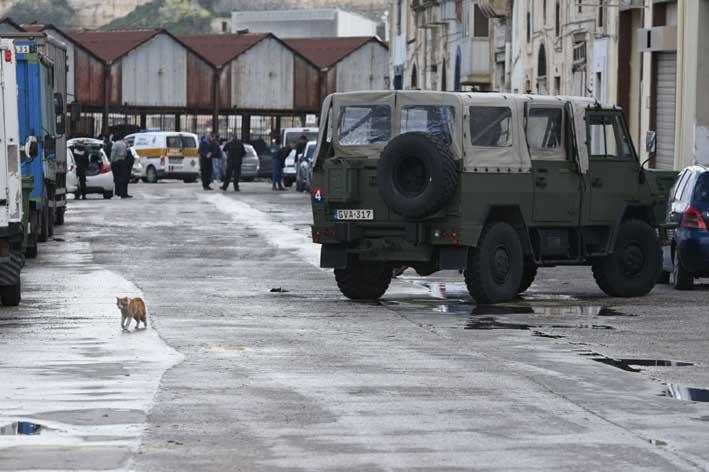
4 December: Prime Minister Muscat announces that 10 people have been arrested in connection with the murder. Police have 48 hours to interrogate them, file charges and arraign them in court.
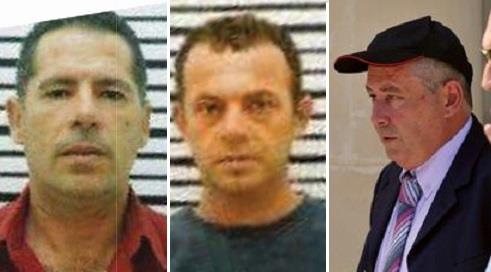
5 December: Thirty-six hours after their arrest, Vince Muscat, George Degiorgio and Alfred Degiorgio are arraigned before Magistrate Neville Camilleri. The trio plead not guilty and make no request for bail.
They are remanded in custody at Corradino Correctional Facility.
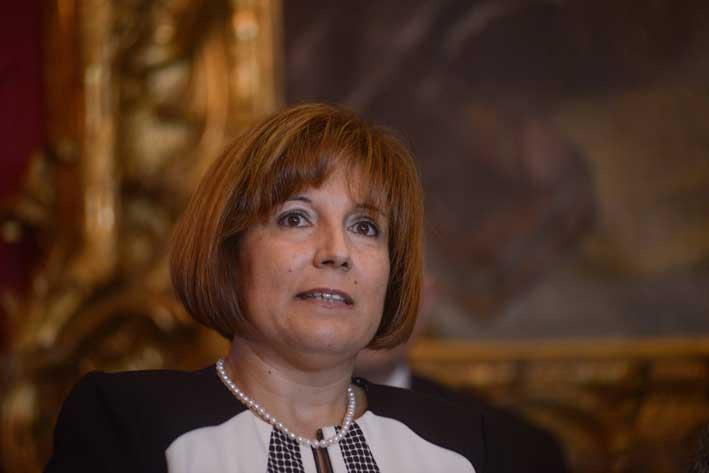
14 December: Magistrate Donatella Frendo Dimech is chosen by lot to preside over the case, as per standard proceedings. Frendo Dimech declares that she was in the same class as one of the victim’s sisters, and that the pair more recently exchanged condolences after both had lost family members.
The defence asks the magistrate to recuse herself on the basis that justice must be done and seen to be done. Frendo Dimech accepts the request for recusal.
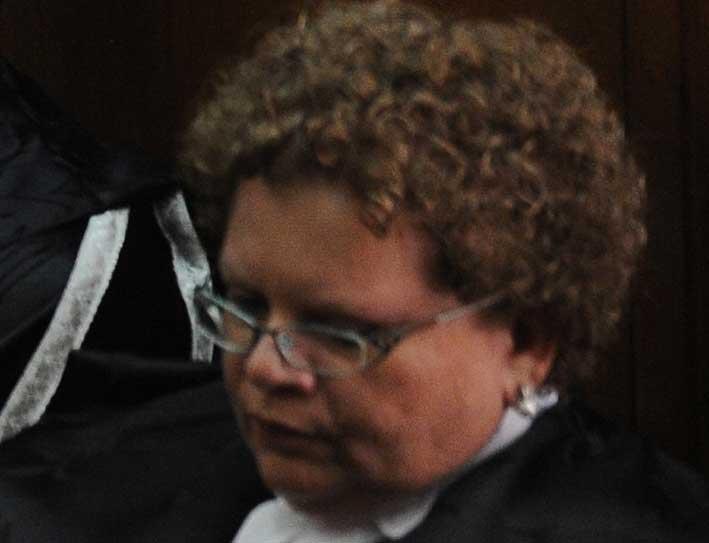
15 December: Chief Justice Silvio Camilleri chooses Magistrate Charmaine Galea to preside over the case, rather than choose another magistrate by lot.
18 December: The accused are arraigned before Magistrate Charmaine Galea. Galea declares that her appointment was criticised by the slain journalist. She was appointed under a PL government and worked as an associate at the law firm of former PL deputy leader Toni Abela.
The defence puts forward a request for recusal despite the prosecution having no objection to Galea hearing the case. To many people’s dismay, Galea accepts the request for recusal.
The pressure begins to mount as the compilation of evidence must begin to be heard within 30 days of the police filing charges against an individual. Should 30 days pass prior to the compilation having begun to be heard, the accused would have to be released unconditionally.

Chief Justice Silvio Camilleri once again appoints another magistrate to preside over the case. Magistrate Claire Stafrace Zammit is appointed.
19 December: The accused are arraigned before Stafrace Zammit. The defence puts forward a request for recusal on the basis that the slain journalist wrote about the magistrate’s husband resigning from then-MEPA shortly after the PL was elected in power in 2013.
Stafrace Zammit denies the request on the basis that the article described facts and neither praised nor criticised the magistrate, directly or indirectly.
The defence makes another request, asking the Court of Magistrates to refer to the Constitutional Court on whether the accused’s right to a fair trial has been breached through the court’s independence being called into question.
The defence argues that since there is no known reason for the chief justice to have appointed Stafrace Zammit, and because of comments passed by the Prime Minister, the media and the public, the court’s independence has been called into question.
Stafrace Zammit considers this request frivolous and the compilation of evidence finally begins.
Prosecuting Inspector Keith Arnaud testifies at length about how police investigations progressed from the time they were informed of the explosion up until the suspects were arraigned. He primarily speaks of damning evidence found through cell-tower information and mobile phone data linking the three men to the crimes.

He also speaks of a “white car” spotted in Bidnija in the days preceding the murder.
In addition, he testifies about CCTV footage of one of the Degiorgio brothers at the Grand Harbour on a boat on the day of the murder, supporting the belief that the car bomb was triggered through a text message from a mobile phone out at sea.
20 December: Inspector Keith Arnaud continues to testify about mobile phone activity believed to have been linked to the accused to the bomb’s detonation.
He tells the court how it is believed that one of the brothers listened in on the explosion live as he detonated it.
21 December: The magistrate finds enough evidence for the accused to stand trial. It is now up to the attorney general to issue a bill of indictment, and should this fail to happen by 1 February, the compilation of evidence must go on before Stafrace Zammit.
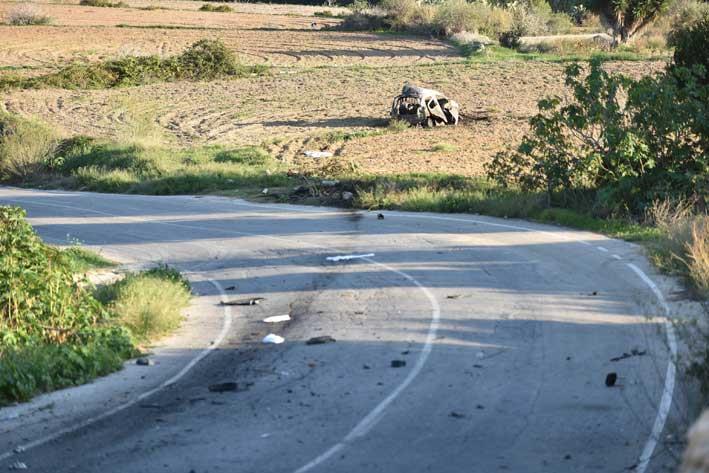
What we learned from police testimony:
The slain journalist had been using the rental car for four months. Her son Matthew Caruana Galizia was last to use the car before the grisly murder, and had parked it outside of their home the night before. Police dismantled another car of the same model to ascertain whether debris from the crime scene was part of the car or came from something else. They found an electronic board, part of the SIM card dock on the explosive device.
A key vantage point was found in an area known as Tat-Targa Battery, which has a clear view of the whole Bidnija area and the victim’s residence. Residents nearby had spotted the car on numerous occasions in the weeks preceding the murder. On the day of the murder, the car was again spotted, but it was never seen again.
A cigarette butt with the DNA of one of the accused believed to be the spotter, Alfred Degiorgio, was found at the key vantage point.
Police believe that the bomb, described as an ‘organic explosive’ was detonated remotely via SMS. Location data from the Bidnija area led the police to single out a number that received an SMS at 2.58pm and stopped broadcasting soon after. The number was linked to a device that is ordinarily used in appliances that can be activated remotely.
Police believe, from cell-tower data, that the bomb was placed under the driver’s seat at around 2am on the day of the murder. It remained in a static location for the day and then went off the grid after the bomb was detonated.
It was found that the SMS triggering the bomb was sent from a 2G mobile phone registered near the YMCA in Valletta.
Both of the Degiorgios own luxury boats. CCTV footage spotted one of the boats, the Maya, re-entering the Grand Harbour. The mobile sending the deadly message is believed to have been out at sea through phone activity records.
A call was made from a suspect mobile number in Bidnija to one out at sea, first at 2.55pm, lasting 45 seconds and a second at 2.58pm, lasting around 100 seconds. Caruana Galizia had left the house to run an errand on the day of the murder, but before getting into the car, she returned home to grab her chequebook, and went back out.
Police believe the first call at 2.55pm was made by the spotter to let the person detonating the bomb know to pull the trigger. Because the journalist went back home and then left again, it is believed that the second call was made in order to inform the detonator that she had again left home. From the length of the call, police believe that George Degiorgio listened in on the explosion live after detonating the car bomb himself.